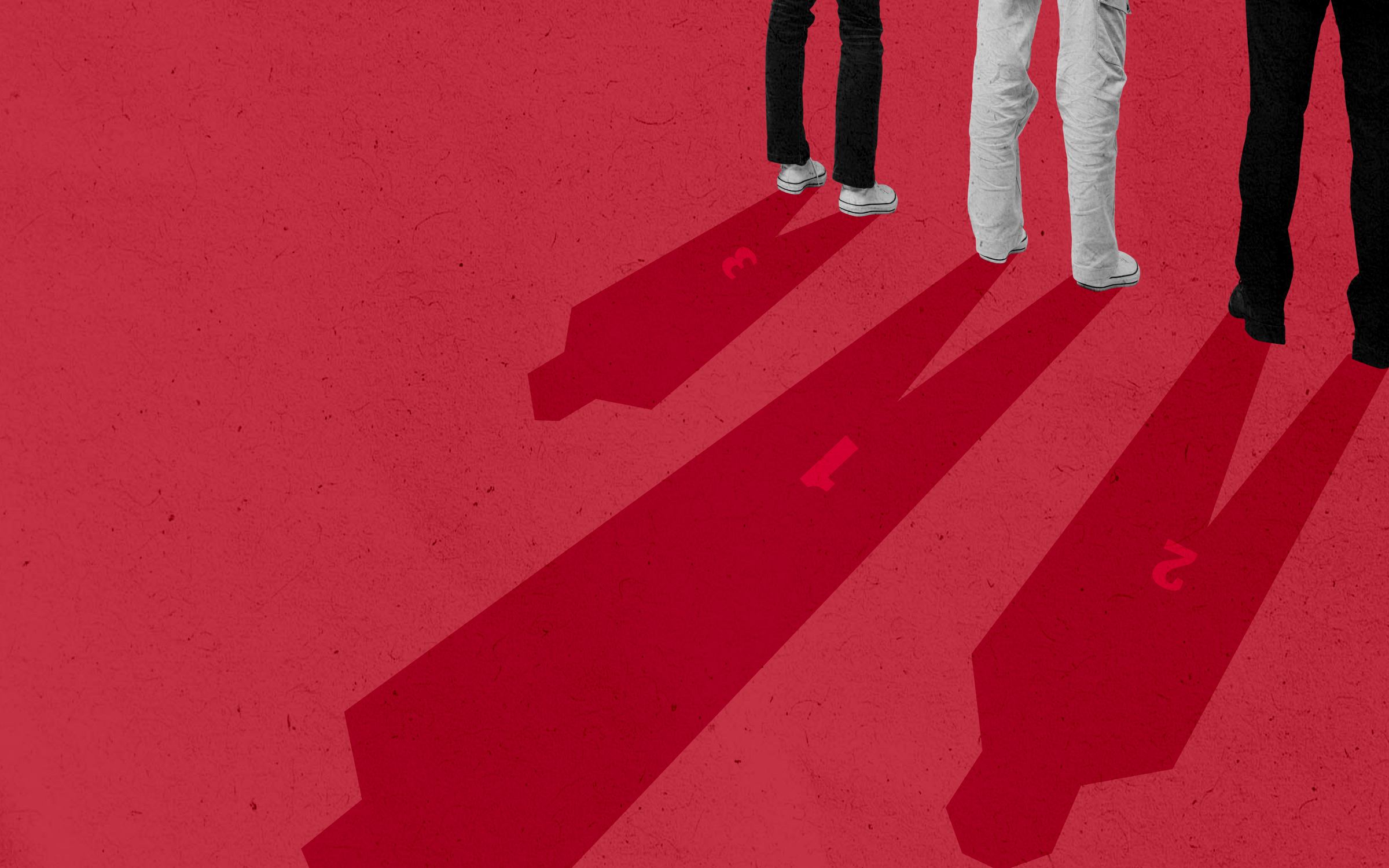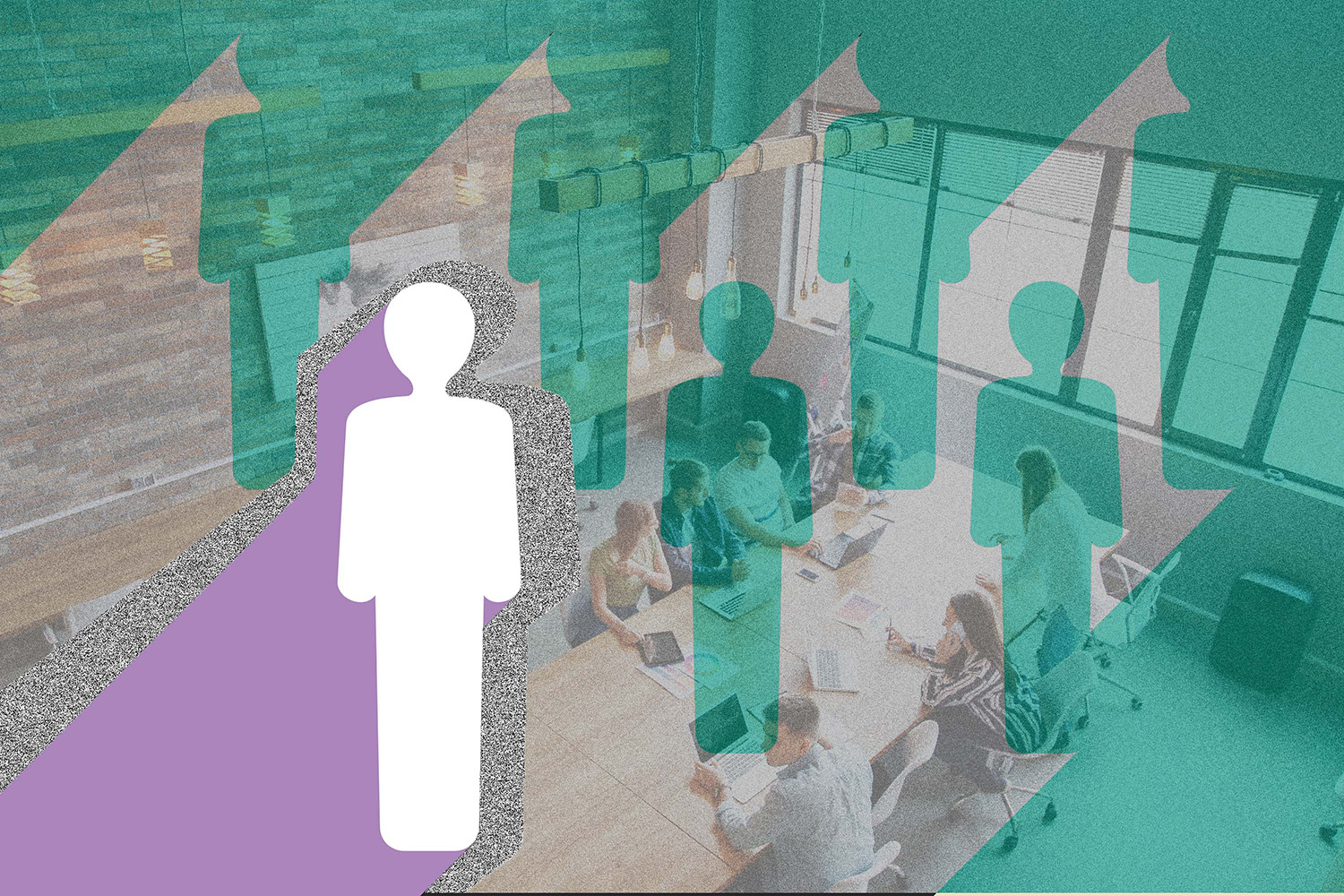Robi Nevers has worked for insurance provider Allstate for nearly 30 years. However, not all of her time at the company was consecutive.
“I took like a five-year break due to moving around the country with my husband, and I can’t tell you how hard it was to get somebody to look at my resume,” says Nevers, who recently left the company in May of 2022. Nevers even applied for the same role she had at Allstate before her career break and had to leverage recommendations from old colleagues to rejoin the organization.
That’s a challenge that many “returners” are facing in 2022, as parents and caregivers return to the workforce after pandemic-driven caregiving breaks. Companies such as Allstate have created returnship programs to help these employees rejoin the workforce.
Similar to internships, returnships are paid programs that occur over a set number of weeks. These programs offer job training and skill-building courses to people who have stepped out of the workforce — often for caregiving reasons or military service.
Allstate launched its returnship program in 2020, says Nevers, who ran returnship initiatives as a senior manager of talent acquisition. Returnships at the organization last 16 weeks.
Applicants are required to have between 3-5 years of software engineering experience, with advanced knowledge of Java. They’re also required to have at least a two-year career break. The first cohort of four women were software engineers. The program has since expanded to include product engineers and test engineers.
The selection process has three parts, according to the company. The first is an initial interview with a recruiter to discuss the returner’s journey and experience. A second-round interview and a final, technical interview with the teams they’ll be joining follow.
“We hope to be able to expand returnships across Allstate where it makes sense and attracting more female talent that is experienced back into the workforce,” Nevers says. “This is really good talent, and we don’t want to miss out on it in our organization.”
According to Nevers, program participants attend formal training sessions two to three days a week. Returners are also embedded in the business units to work with teams on real-world projects.
Nevers shares more about the Allstate program in an exclusive interview with Senior Executive Media. Read the edited conversation below.
Senior Executive Media: Tell us how Allstate’s returnship program came to life.
Robi Nevers: Our first pilot started last year, and it was a small pilot of four women… We decided that it was important to work with a vendor that was very knowledgeable in the area of returnships. We’re working with Path Forward. And they coached us on what a program looks like, how to help women get engaged in the interview process, what are the things that they’re most afraid of. How do we make that interview process very inclusive? And so they really helped us structure what our framework would look like. They also helped us pull together some sessions where we could get in front of potential candidates, and talk about what a great place Allstate is to work, and why they should consider us, and how we would be able to support them in their return to work.
For the most part right now, we’re still working virtual… We’ve been able to hire women all around the country right now, and not just where our talent centers are located. It’s a level playing field because everybody’s working together. The trainings are conducted virtually. It’s really helped open up a wider range of talent that we wouldn’t have had access to otherwise.
Senior Executive Media: What programs do you have in place to support your returners?
Robi Nevers: It is paid on-the-job training. They’re getting a full salary while they’re in the program.
There are mentoring opportunities for them to talk to other returnees through the Path Forward organization. But at Allstate, we set them up with peer mentors and leader mentors to really help them as they may have different questions that emerge. We want to make sure it’s a safe environment for them to acclimate back in and really get the support that they need as they’re returning to work.
What’s been really helpful is for them to have their buddy mentor at Allstate to kind of help them navigate, especially working in a virtual environment where you’re not meeting people face-to-face at the watercooler and building those relationships. The buddy mentors are really able to help them understand Allstate’s culture… And they’re able to get exposure to officers, senior managers [who] are women that can help them see what a career path can look like being not only a woman in technology, but a parent and handling the responsibilities of balancing work and family care. Those senior women executives have really been kind of great role models for them to see how they were able to do it.
Senior Executive Media: What happens after a returner completes the program?
Robi Nevers: The program is 16 weeks… We start out with the intention that there will be a role for everybody that’s part of the program as long as they successfully complete it. With the initial pilot, all of our returnees were offered a full-time position upon completion. For many of them, they were mid-level jobs.
Senior Executive Media: What is a tip you would share for others looking to launch a returnship program?
Robi Nevers: It’s really important to have dedicated managers. We’ve done a lot to educate our managers about this talent. In the past, these resumes would have been overlooked, because there would have been a gap in service. So now we’re bringing this talent to hiring managers, they need to understand that when they’re interviewing these women or if a man, they need to understand that they’re not going to be able to talk about things that they’re doing today. So their interview process needs to adjust in order to accommodate and truly getting a sense for what are those skills and capabilities that are going to be transferable.






